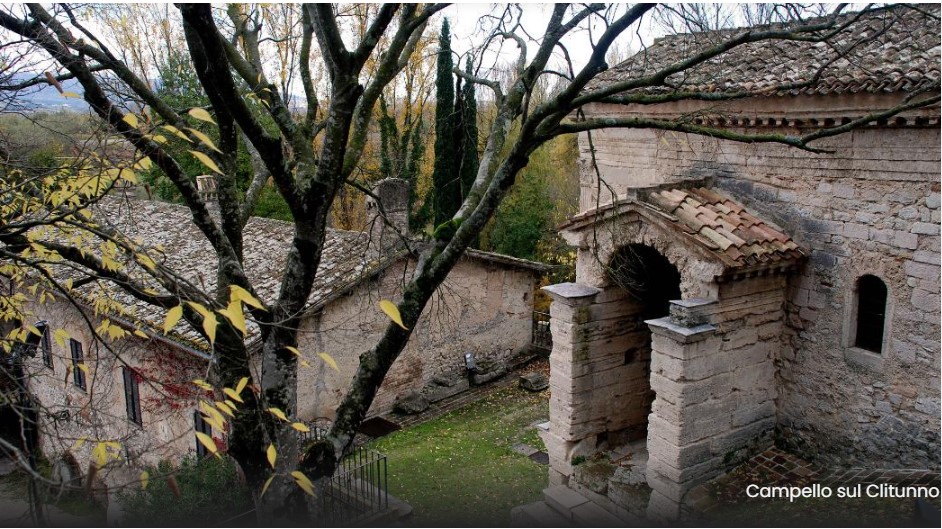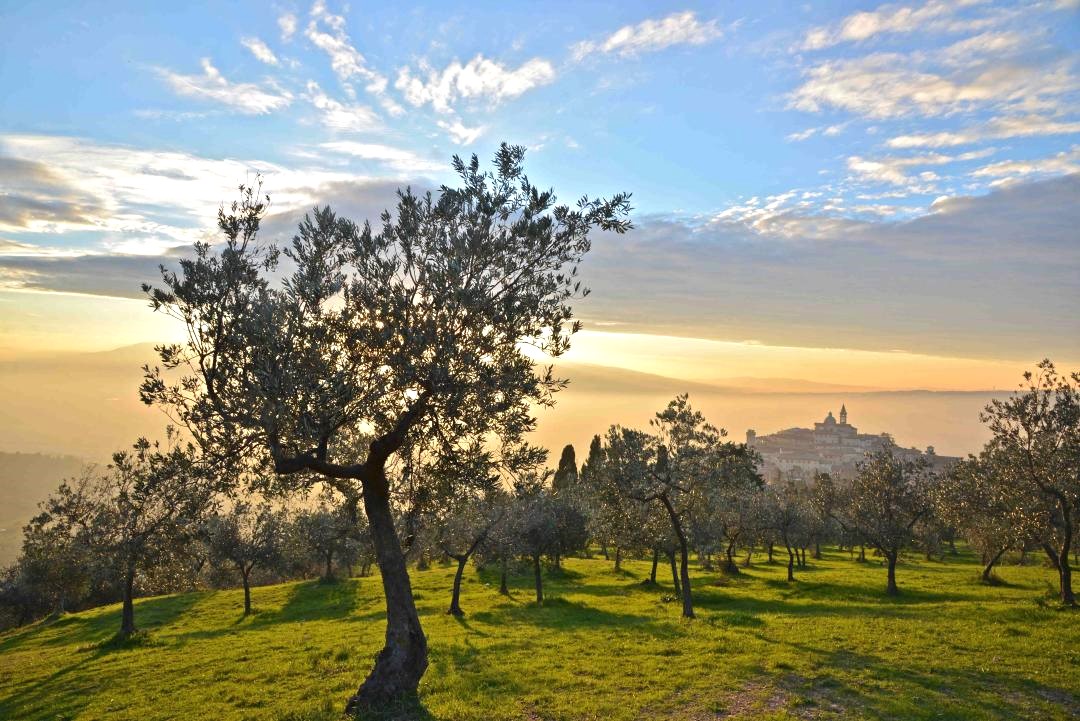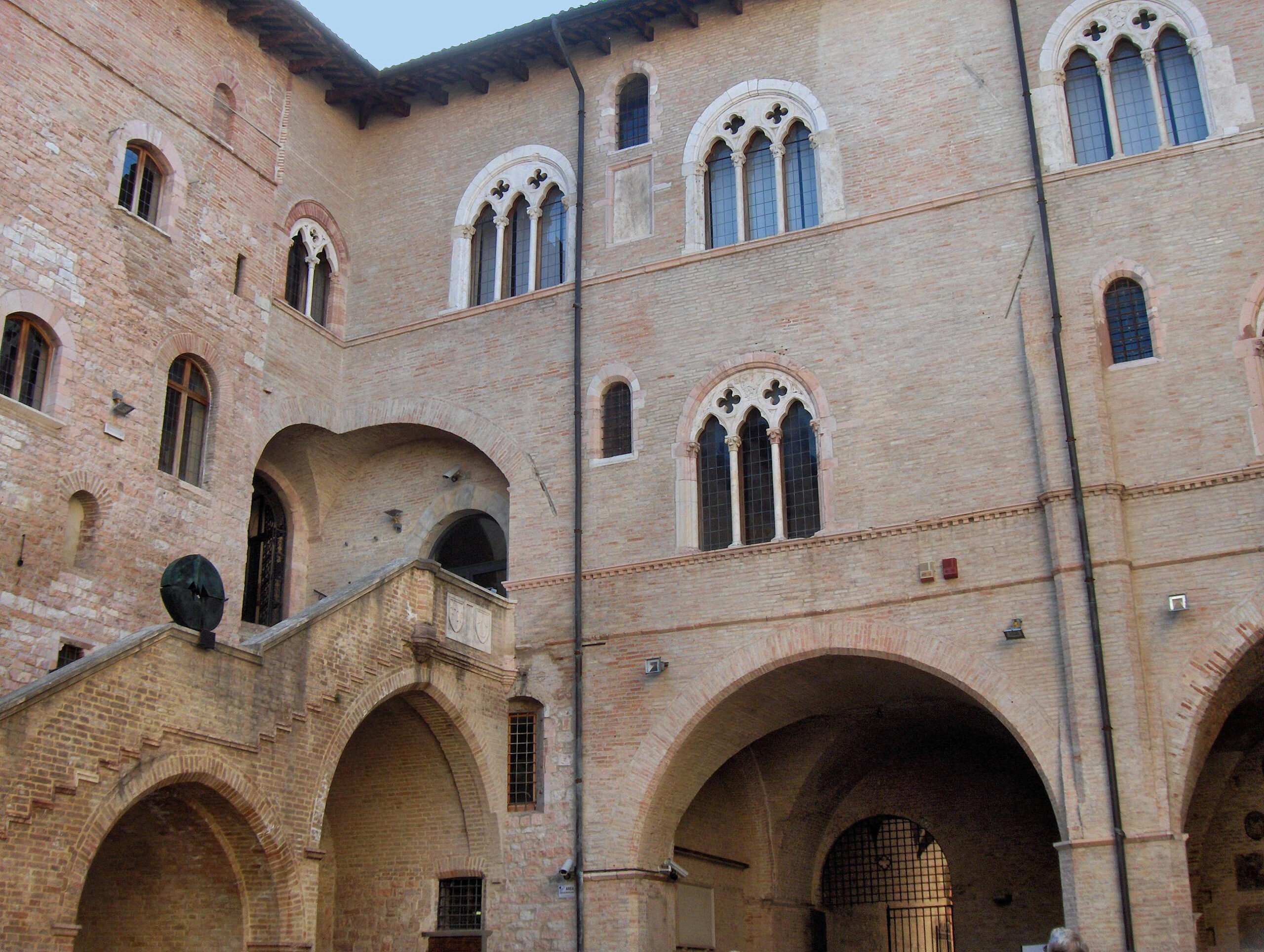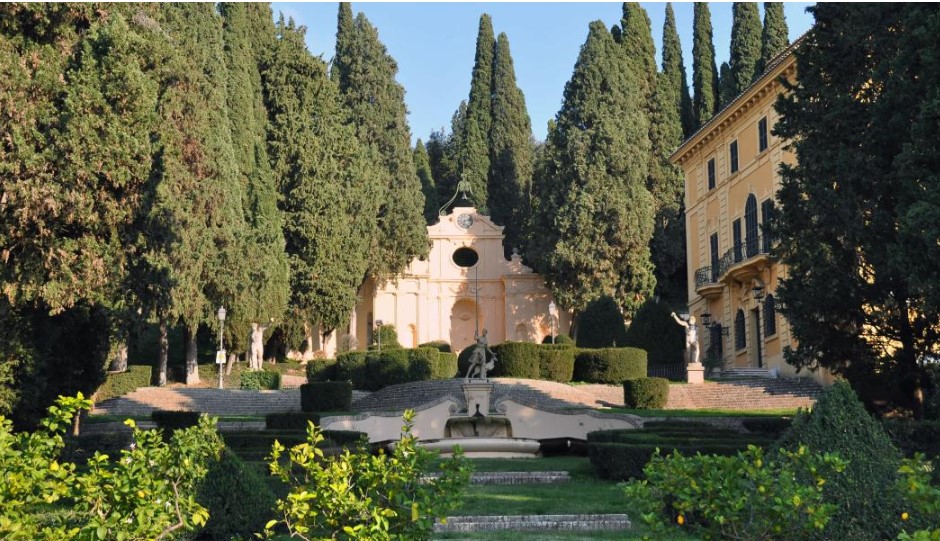In the eastern part of Umbria you’ll find the Umbra Valley, which stretches roughly from Spoleto to Assisi. While these two locations are now world-renowned, not everyone knows about the other treasures of this fantastic area, inhabited since ancient times.

The ideal starting point for our itinerary is Campello sul Clitunno, a small fortified village located 10 km north of Spoleto. Within its municipality springs the Clitunno River, celebrated for the clarity of its waters by writers such as Virgil, Byron and Carducci, and near the springs rises one of the best-preserved ancient temples in Italy, dedicated to the god Jupiter. Built by the Romans and rebuilt by the Lombards, today this building along with the springs, is recognized as a UNESCO World Heritage Site. The town’s countryside produces the best extra virgin olive oil in the whole region, and you can taste it in one of the many oil mills in the area.

Taking the Via Flaminia and heading north we find Trevi, a splendid medieval hillside village. Not to be missed is the Museo d’Arte di San Francesco, a convent with an adjoining church in which, among archaeological finds–including a Lombard mummy and Renaissance works–we also have a stupendous museum dedicated to olive oil, among the most important nationwide. Just outside the town center not to be missed is Perugino’s Adoration of the Magi, a masterpiece of Renaissance painting housed inside the Santaurio of Our Lady of Tears.

To the west, about 10 kilometers from Trevi, we find enchanting Montefalco, a town with medieval walls that is almost intact. Nicknamed “the railing of Umbria” for the breathtaking landscape that can be enjoyed, it is known for two excellent wines, Sagrantino and Montefalco, and for this reason you can find within the municipality numerous wineries that offer tastings.
For art lovers, the cycle of Renaissance frescoes on the life of St. Francis, located in the monastery of the same name and painted by the Tuscan artist Benozzo Gozzoli, are a joy to see both for the vividness of the colors and the realism of the figures depicted.

Leaving the village and heading northeast we have the town of Foligno. Renowned for the Giostra della Quintana, a knightly tournament that involves the town’s quarters, it has scenic churches and buildings including Palazzo Trinci, a marvelous example of a 15th-century aristocratic palace that houses a cycle of frescoes by the painter Gentile da Fabriano, unique in its interior because it ambitiously celebrates the humanistic culture of the time, the liberal arts portrayed in anthropomorphic appearance.

An ideal destination to end the trip is undoubtedly Spello, a few kilometers from Foligno. Famous for its “infiorate” ( an event in which the streets are filled with floral images), the town boasts the best-preserved Roman walls outside the capital, with the spectacular Porta Venere (Venus Gate) to make your eyes glaze over with fascination. In addition, among the many artistic attractions not to be missed is the Baglioni Chapel in the Collegiate Church of Santa Maria Maggiore, with stunning frescoes by Pinturicchio for the beauty of the scenery and the detailed portrayal of the various characters.
Off the beaten track, the Umbra Valley promises unforgettable views that most tourists rarely get to see.












